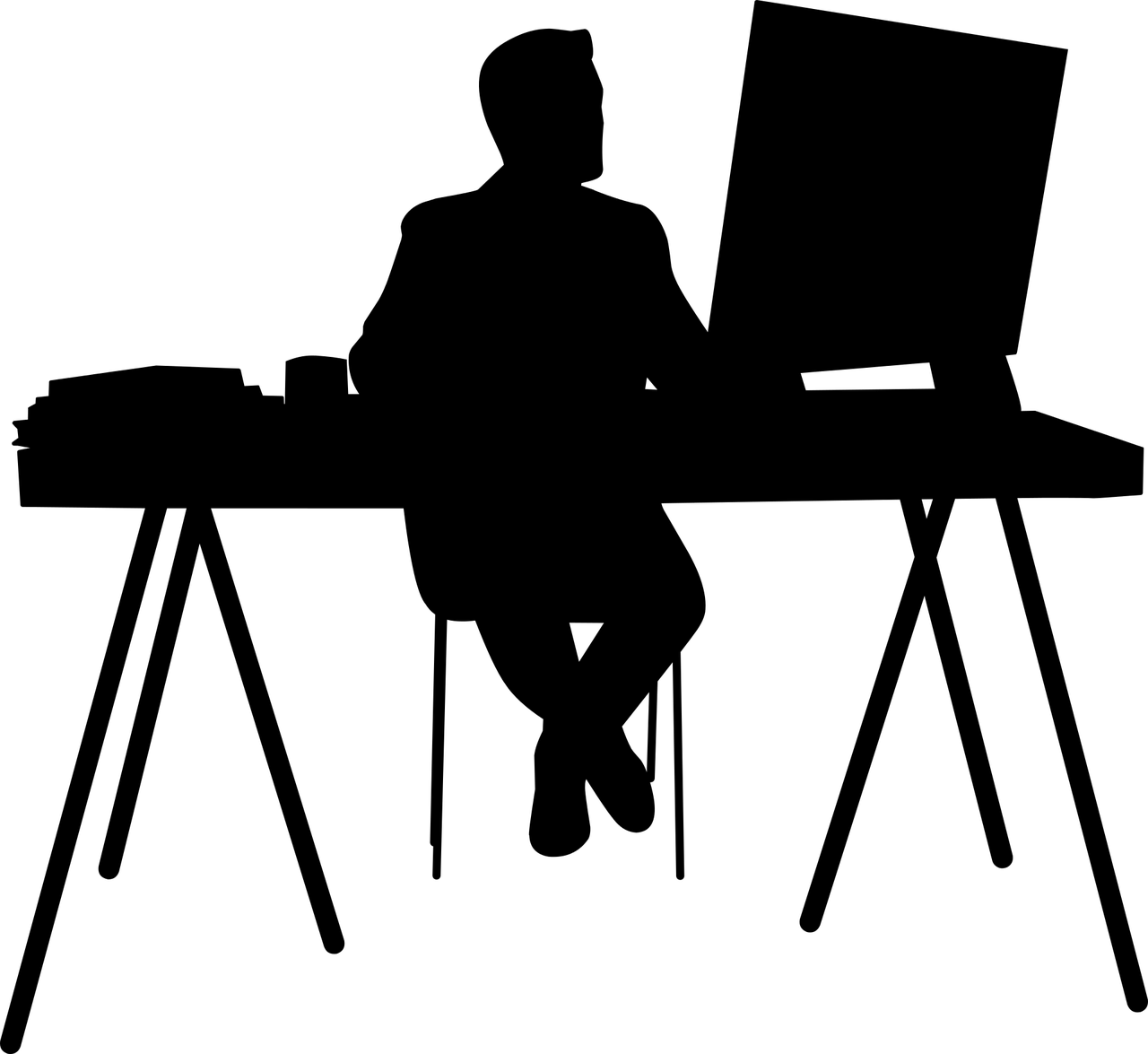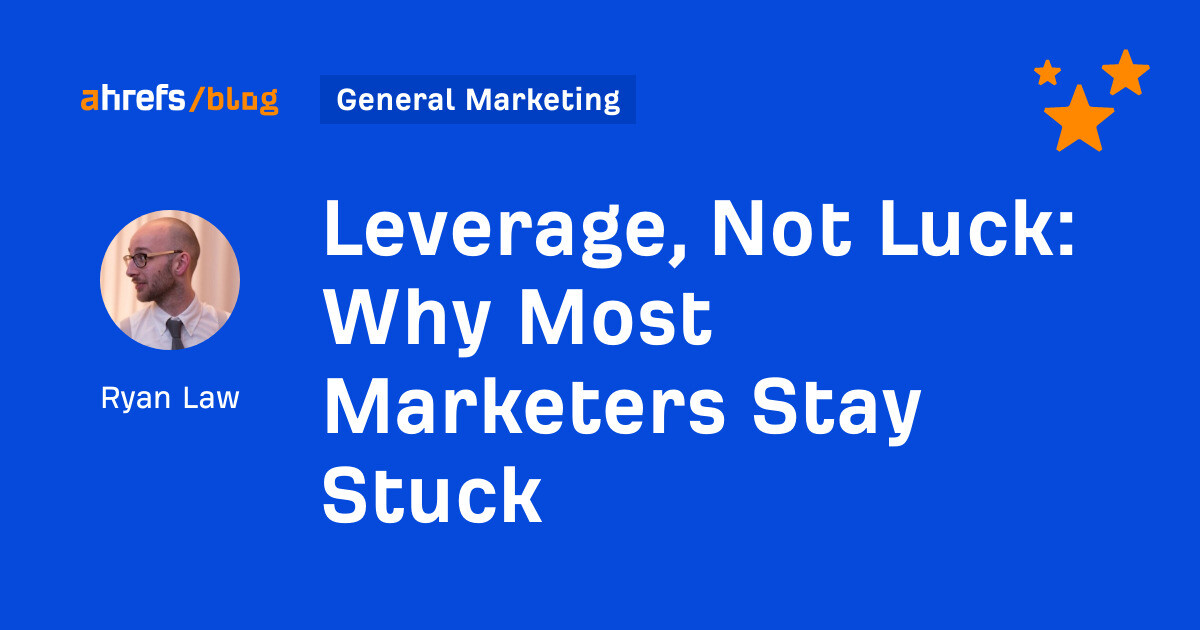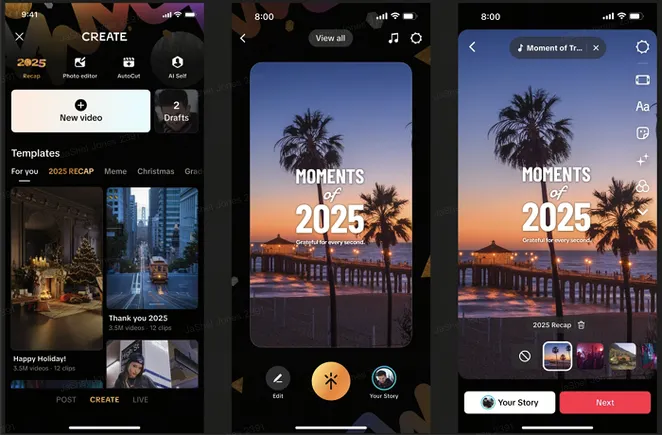Product Managing Myself: A 360 Degree Growth Journey
Managing Myself Like a Product: Systems, Feedback & Change When I first became a product manager, I never imagined that the most essential product I would ever manage would be myself. But over time, that became increasingly clear. I...

When I first became a product manager, I never imagined that the most essential product I would ever manage would be myself. But over time, that became increasingly clear. I had all the tools to scope a roadmap, prioritize features, analyze feedback, and iterate toward better outcomes, yet I wasn’t applying those same principles to my own growth, health, or habits. Once I started treating myself like an integrated system instead of a collection of disconnected goals, everything changed.
We tend to compartmentalize our lives: career in one box, physical health in another, and personal development squeezed in somewhere between. But high performance doesn’t come from managing these pieces in isolation. It comes from seeing them as interconnected systems. My physical energy affected my focus in strategy sessions. My learning habits shaped how creatively I solved user problems. Even my emotional regulation showed up in how I handled feedback or led tough conversations. Instead of chasing a mythical sense of balance, I began looking for alignment, ensuring the different parts of my life were working together, not against each other.
To make this work, I built a structured growth stack that mirrors the systems I use in product development. I enrolled in advanced courses on platforms like Maven, focusing on building core capabilities across product strategy, product sense, analytics, and decision-making. I complemented this with deep, intentional reading. Books like Inspired helped sharpen my approach to product thinking, while others such as The Art of Thinking Clearly, Escaping the Build Trap, Think Like a Monk and A Spy Among Friends challenged my assumptions, expanded my cognitive range, and strengthened how I think under uncertainty—both in work and in life.
One of the most transformative applications of product thinking showed up in my approach to fitness. For years, I treated health and work as separate priorities, squeezing in workouts only when time allowed. But I began to realize that physical stamina and mental sharpness are deeply connected. I committed to running a half marathon every quarter to build accountability and structure, mapping out a “running roadmap” with milestone goals, training phases, and regular reviews, much like I would for any long-term product release.
When I faced injuries, fatigue, or plateaued progress, I didn’t abandon the plan. I treated it like a failed experiment. I analyzed data, adjusted techniques, and refined my routines. I also overhauled my eating habits, introducing consistent improvements that had a major impact on my energy levels and overall fitness. The result was more than just dropping over 15 pounds; it was a transformation in discipline, emotional resilience, and mental clarity, core traits that have made me a stronger product manager. Research consistently shows that physical activity enhances not just mood, but also decision-making, creativity, and focus.
To sharpen my product intuition, I studied high-performing apps and platforms. I dissected products like Airbnb, Spotify, Robinhood, and Instagram, not just from a user perspective but as a product thinker. I asked why confident design choices were made, what the behavioral psychology behind them was, and how they influenced user actions. This hands-on curiosity gave me a real-world education in product excellence. The more I analyzed, the clearer I could see patterns in user needs, trade-offs, and innovation strategies.
I also began learning from top performers outside of tech, especially those who pushed the limits of discipline, mindset, and endurance. Athletes like David Goggins and Rafael Nadal exemplified how structure, mental toughness, and deliberate systems could drive sustained excellence under pressure. Their stories helped me reframe setbacks as part of the process rather than as signs of failure. Across every field I explored common thread was clear: success came from intentional design, feedback, and iteration. The same principles I was applying to my journey.
Of course, no system works without the right metrics. Rather than focusing on vanity achievements like the number of books I read or hours I logged at work, I started tracking more meaningful outcomes: the quality of my decisions under stress, my ability to stay focused during deep work sessions, the speed at which I rebounded from setbacks, and how well I maintained emotional control during tense interactions. These outcomes weren’t always easy to measure, but they were easy to feel. And over time, the improvements were obvious.
The most important mindset I carried through this journey was one of iteration. Nothing had to be perfect from the start. Just like in a product, progress happens in cycles. Every mistake became data. Every delay became a design prompt. I didn’t expect myself to wake up one day fully optimized. I expected to keep showing up, evaluating, learning, and refining.
Looking back, I’ve grown from engineer to consultant to product manager—and eventually into a product leader who guides others while continuing to evolve myself. This growth wasn’t driven by lucky breaks or hustle culture but by applying deliberate systems. That’s the shift I hope more people will embrace. You don’t need a dozen hacks or the latest trend. You need a framework for sustainable growth, a feedback-rich environment, and the patience to iterate through discomfort.
Whether you’re training for your first 10K, trying to lead more effectively, or simply looking to think more clearly, the same principles apply. You already have the tools. It’s time to use them.
You are the product. Design with Intention. Build wisely.

 Troov
Troov 































